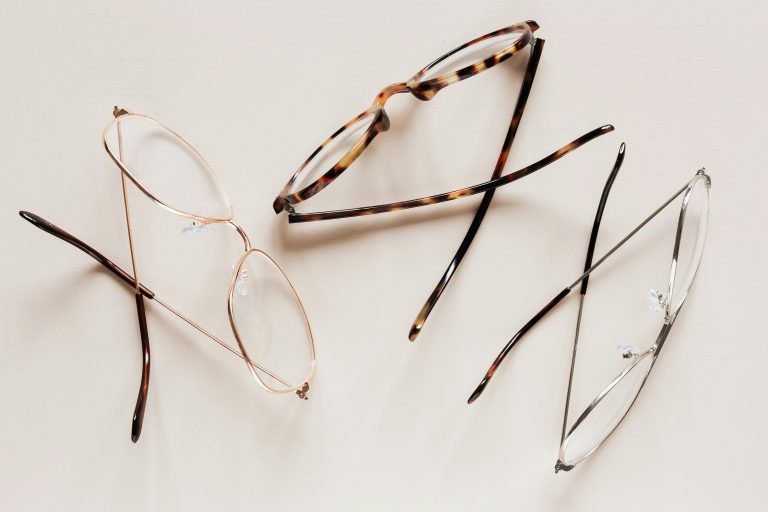Myopia, commonly known as nearsightedness, is a refractive error that affects vision at a distance. It is increasingly prevalent, especially among children and adolescents, posing significant challenges to eye health and daily activities.
About half of children in Singapore develop myopia by the age of 12. According to the Ministry of Health Singapore, the prevalence of myopia among primary school students has remained stable, with rates around 29% for Primary 1 students and 51% for Primary 4 students over the last five years.
What causes myopia?
Myopia occurs when the eyeball is too long or the cornea is too curved, causing light rays to focus in front of the retina instead of on it. This results in blurred distance vision while near vision remains clear. Factors contributing to myopia include:
- Genetics: Myopia tends to run in families.
- Environmental factors: Prolonged near work, such as reading or using digital devices.
- Lifestyle: Limited outdoor activities and excessive near work.
- Early onset: Myopia often begins during childhood and progresses during the school-age years.
Symptoms of myopia
Symptoms of myopia can vary from mild to severe and may include:
- Blurry vision when looking at distant objects.
- Squinting to see clearly.
- Headaches due to eye strain.
- Difficulty seeing clearly while driving or participating in sports.
How is myopia diagnosed?
Myopia is diagnosed through a comprehensive eye examination by an optometrist or ophthalmologist. This examination may include:
- Visual acuity test: Reading letters on a chart from a distance.
- Refraction assessment: Determining the exact prescription needed for corrective lenses.
- Examination of the eye’s structures and health.
How is myopia treated?
While there is no cure for myopia, several treatments can correct vision and slow its progression:
- Eyeglasses or contact lenses: Corrective lenses compensate for the refractive error, improving distance vision.
- Orthokeratology (Ortho-K): Specialized contact lenses worn overnight to reshape the cornea temporarily.
- Refractive surgery: Procedures like LASIK reshape the cornea permanently to correct myopia.
- Atropine eye drops: Low-dose atropine drops may be prescribed to slow the progression of myopia, especially in children.
Preventing myopia
Preventative measures can help reduce the risk and progression of myopia:
- Outdoor activities: Spending more time outdoors, particularly in natural light, may help protect against myopia.
- Balanced near work: Taking breaks during prolonged near tasks and maintaining good posture.
- Regular eye exams: Early detection and intervention can help manage myopia effectively.
At IGAKU, we understand the impact myopia can have on daily life, especially for children and adolescents. Book a consultation today to receive personalized guidance and support for managing myopia and optimizing eye health.
Ready to learn more about managing myopia and ensuring clear vision? Book a consultation with IGAKU today. Our experts can provide comprehensive insights and tailored recommendations to help you or your child see clearly and thrive.
Read our other articles here.






